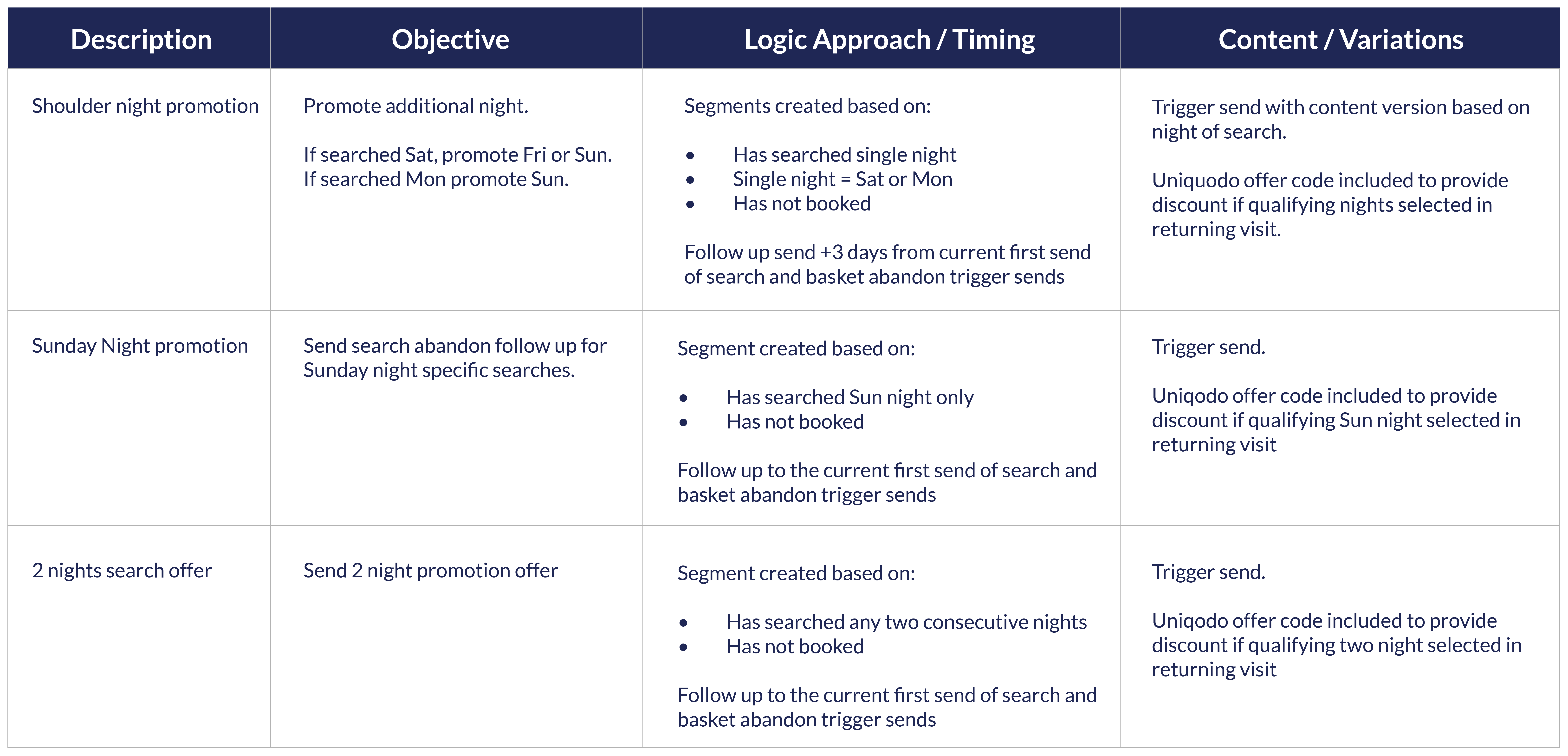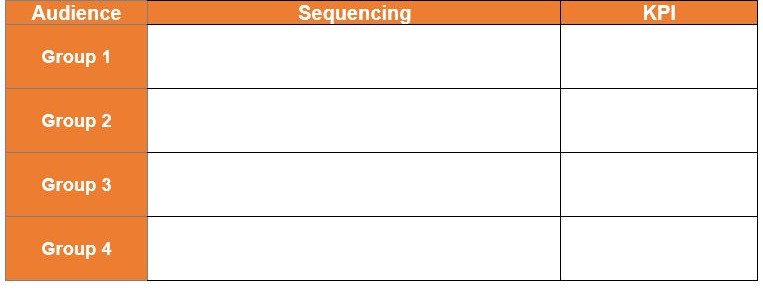5 steps to simplify your email planning. Stay fresh, relevant, and ahead of your competitors
Is the need to deliver the next email campaign NOW! causing you to simply rinse and repeat old activity? Planning doesn’t need to be a luxury you don’t have the time for. Here are 5 simple steps to work through to ensure you keep your activity fresh, relevant and delivering maximum results.
With the pace of output required in most marketing departments, it’s easy to fall into the trap of looking at what you’ve done in the past and simply repeating a version of this.
Not very satisfying for you right? And not as beneficial to your current audience as needs, desires and conversational tone change over time.
So how can you create a fresh campaign strategy at pace? Identifying the relevant factors for key subsets of your subscribers to ensure the best possible response. The answer my friend is… to adopt a simple to use, but laser focussed planning template. And here we’ll run through the 5 key elements it should include:
- Objectives
- Audience
- Message
- Sequencing
- Data brief
1. Objectives
Your objectives should be SMART (Specific, Measurable, Achievable, Realistic, and Time-based) They may well feed from your overarching campaign objectives (where email is one channel of many). Which in turn should always support your business goals.
No marketing works in isolation and email is very rarely a solo player, so always consider the full journey and the reader expectations pre-email (as part of the initial reach) and post email (to final conversion).
If you have several emails in the journey, the first one may be about driving awareness, in which case a click-through rate would be a good objective.
The second may be driving a download, or data collection by offering samples with your objective set around volume of key action.
A final email could be to convert the reader to a sale, in which case you would set the objective and so call-to-action, around revenue targets.
Your objectives help define the email’s call to actions.
2. Audience
The unique power of email is that you can directly control which individuals see what content variation, at what time. However with power comes the need for control.
Using what you know of your audiences from persona work, segmentation, past transactions etc you can define which will be your key reader groups for this campaign.
These definitions will inform
- the creative elements, enabling you to tailor copy and design for that target group
- the data selection both in terms of selection and to enable content personalisation
This will make the final data brief stage much easier. And easier means quicker.
Who are you sending to, why and what do you know about them?
3. Message
Now that we’re putting this plan together you can see how each element helps inform the next section.
Using the audience definitions you can begin to plan.
- What is the purpose of the campaign?
- How is this relevant to the audience?
This ensures you can define any differences for each segment of the audience data selection.
What information do you have on your customer database that will help tailor your message to individuals or a segment of your subscribers? How can you adapt the core messaging of the campaign to serve the wants or needs of that reader?
The messaging should align with each audience segment.
4. Sequencing
This is the mechanics of the campaign.
- How many emails will there be in the campaign?
- Will they be mass broadcast, automated based on timings, or triggered by the customer behaviour?
Are you taking your audience on a journey with multiple touchpoints? How does it connect with your other channels? Is it linking to, or promoting, other content?
Based on the objectives defined at the start, what action do you want the reader to take at each stage.
Having a clear outcome per send, linked to SMART objectives enables you to monitor ongoing success and easily analyse what did or didn’t work well during the campaign in review.
What does success look like for this campaign. Learn from the past to improve for the future.
5. Data brief
As a direct channel, email requires you to be able to identify who you will send the email to. This requires you to be able to define the logic required to generate the data-pull (the creation of your send data)
With a clear idea of who and why, this task is made much easier and quicker.
Create a visual grid like the example below to enable fast and first time correct instruction to the team.

A data brief articulates the data points needed to define the segment avoiding any confusion
Summary
SO now we have 5 key steps to help you plan your next email campaign. Like all good planning frameworks it gives you the considerations in a deliberate order, so that the next step builds from the previous.
Reduce the stress of planning. And deliver new and fresh campaigns for your business whilst putting your audiences wants and needs at the heart of your delivery. Win-win right!

 How to resolve AdBlock issue?
How to resolve AdBlock issue? 



